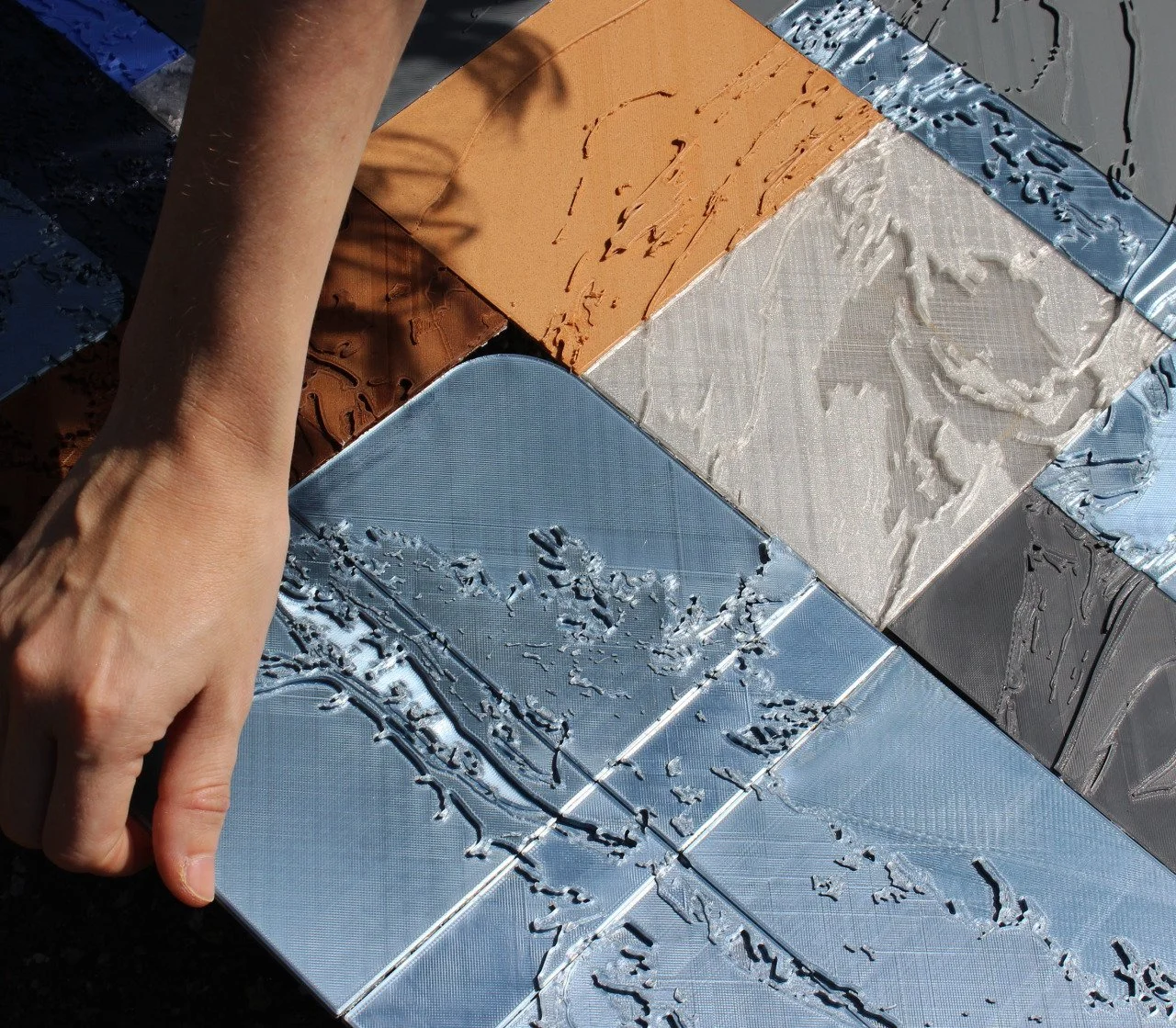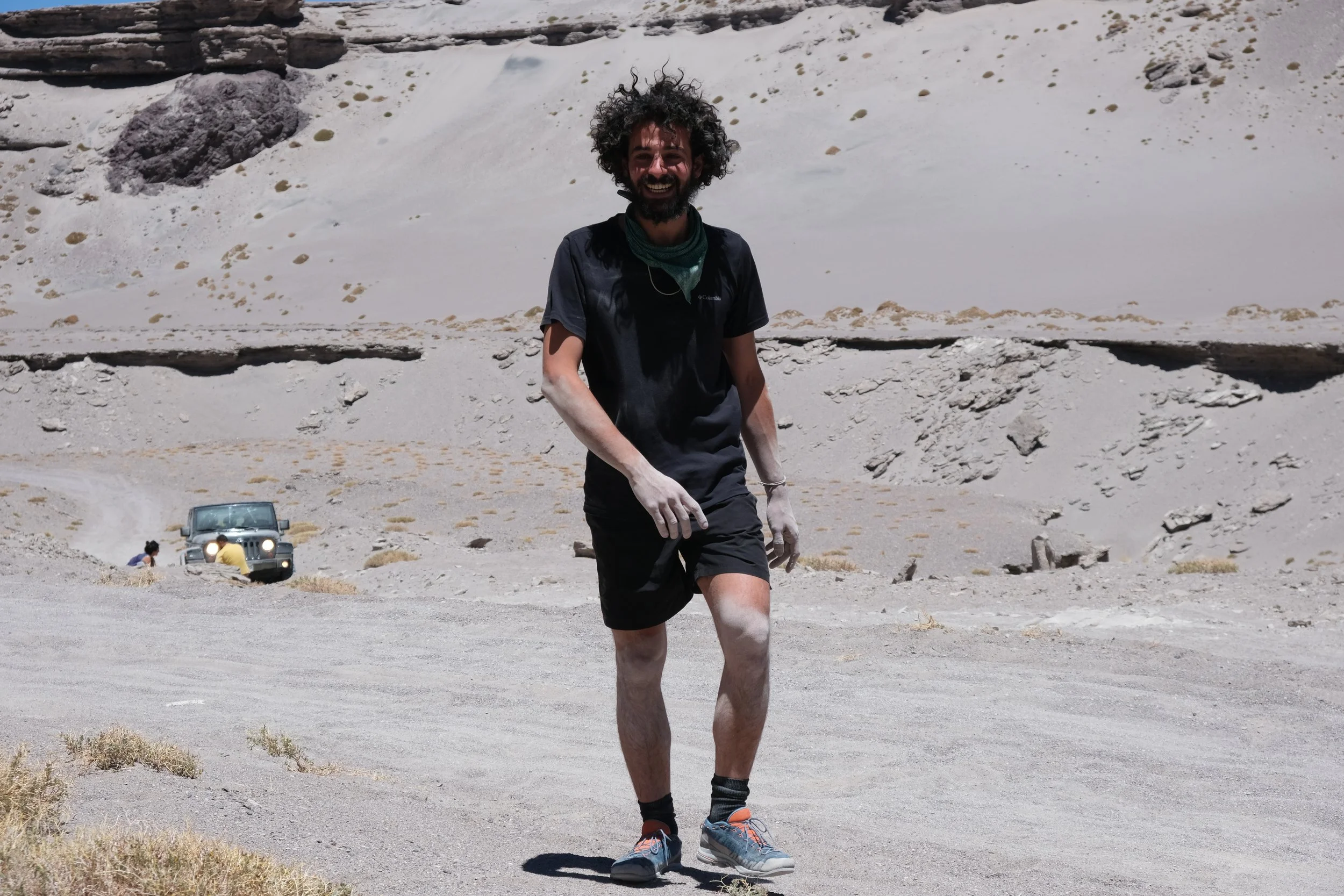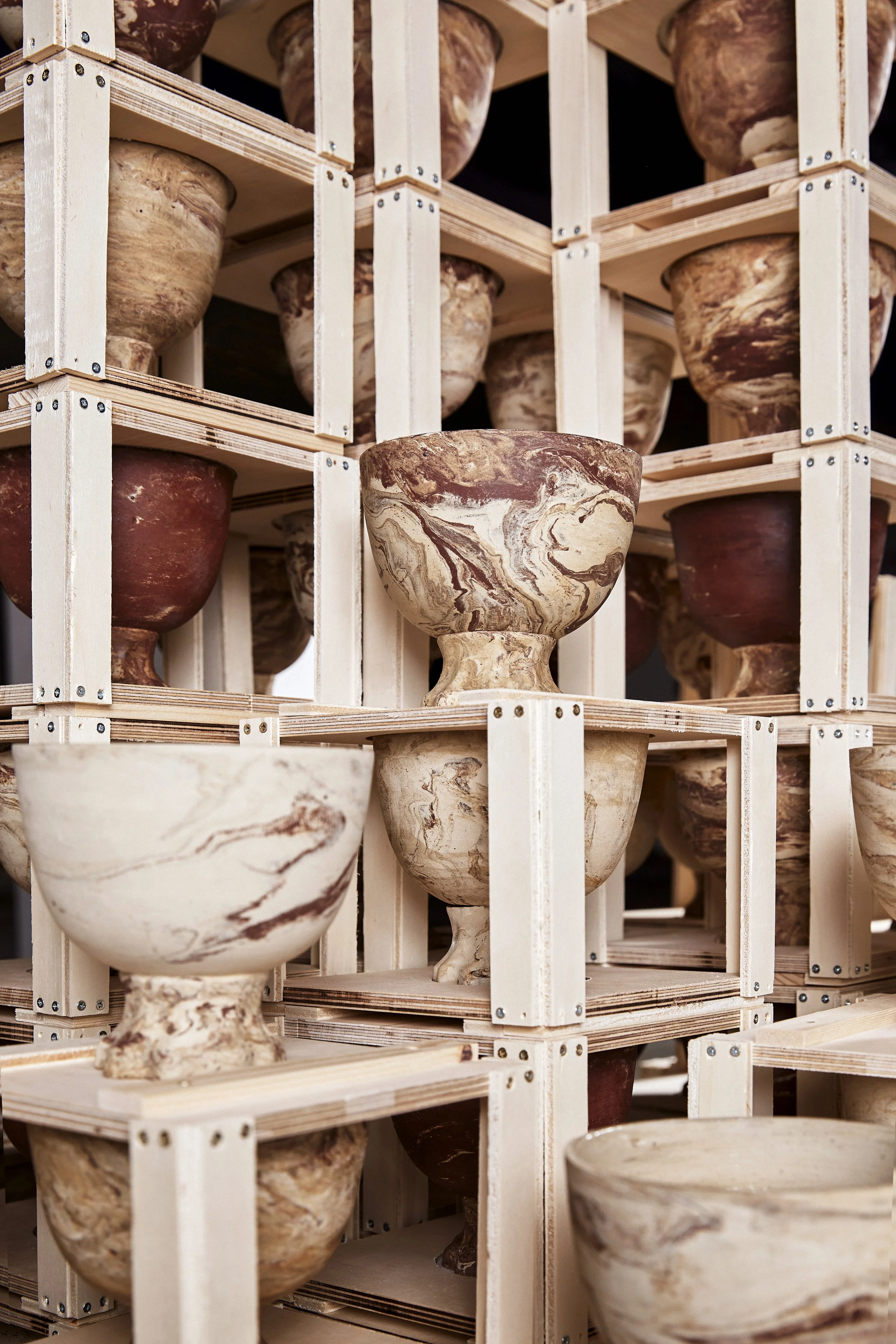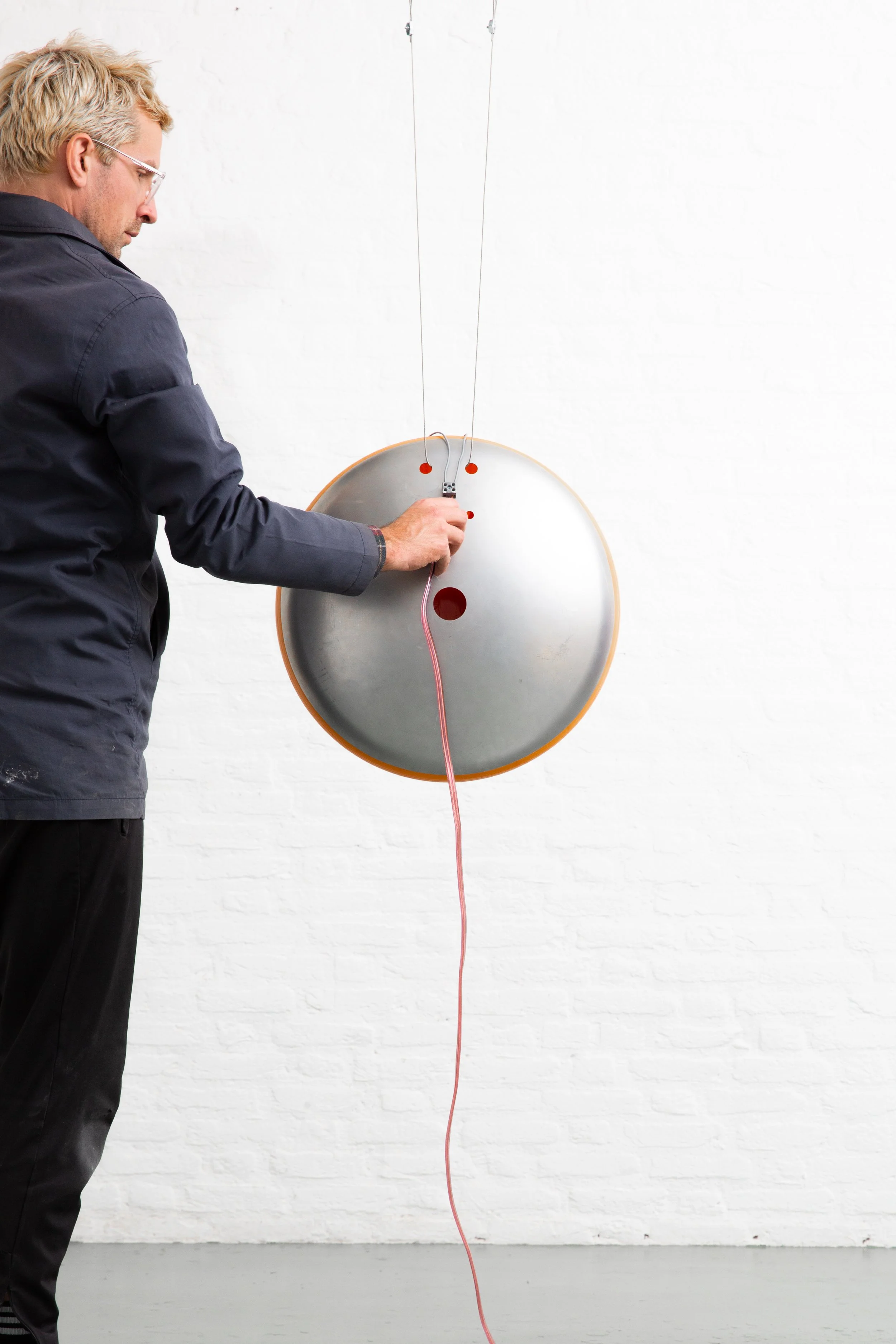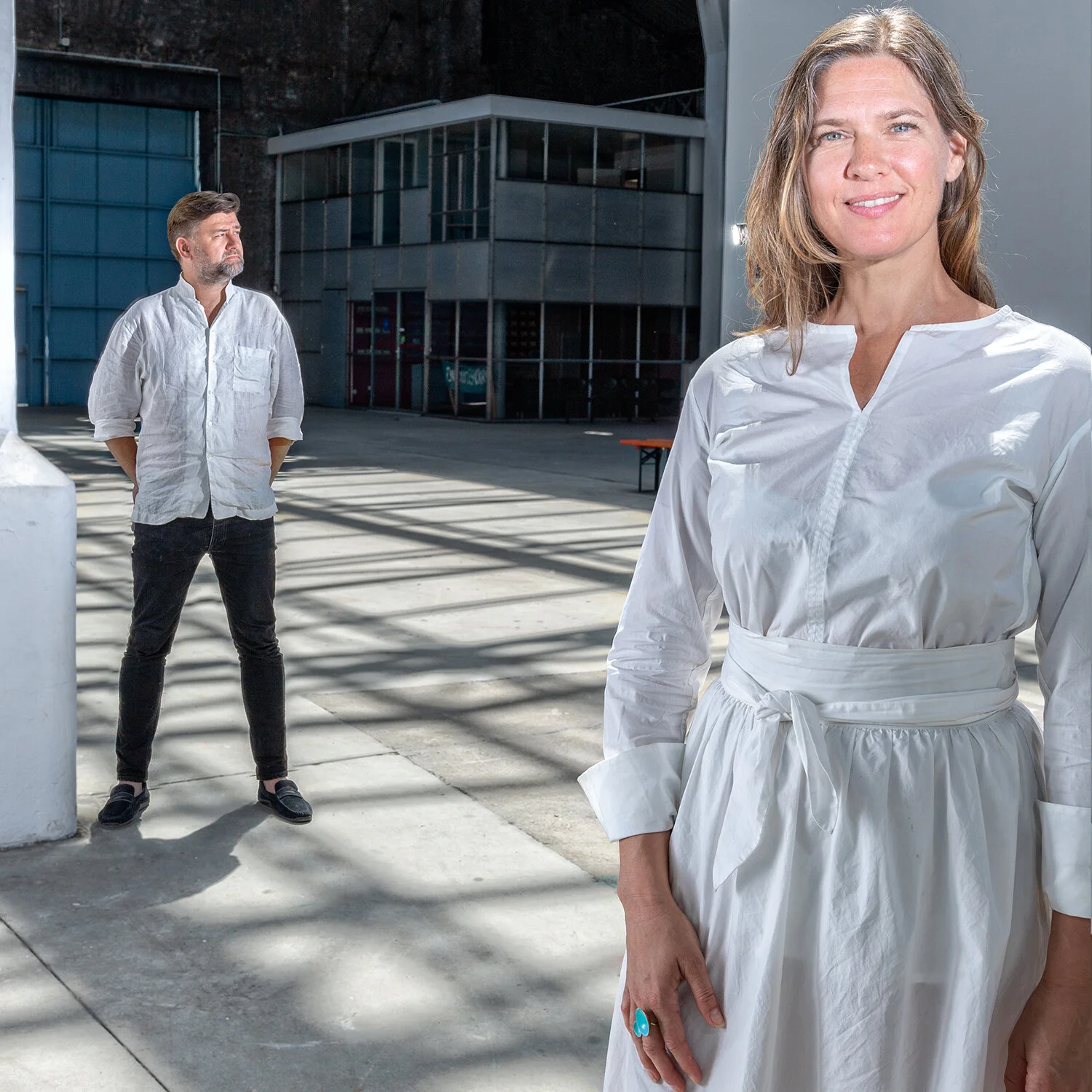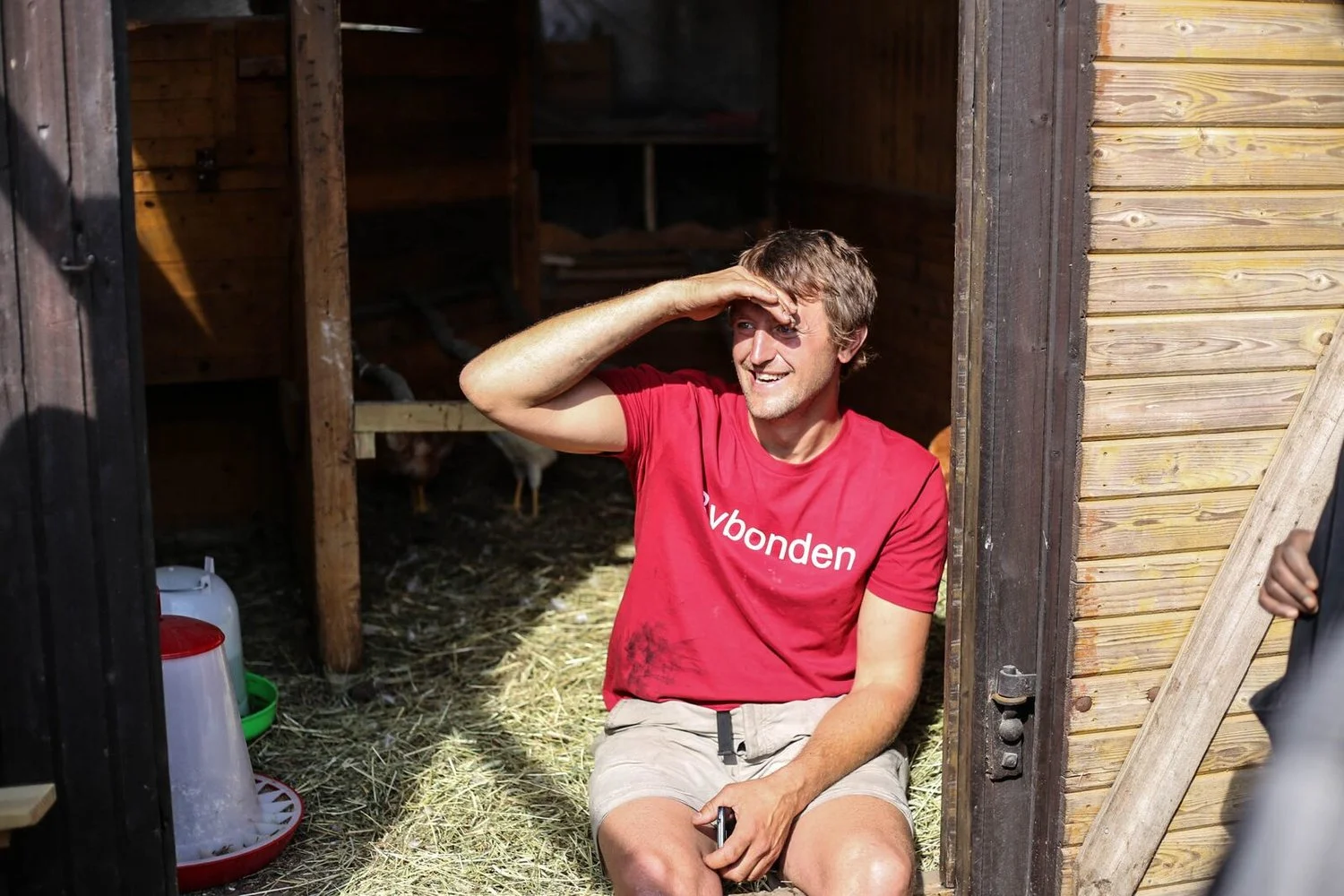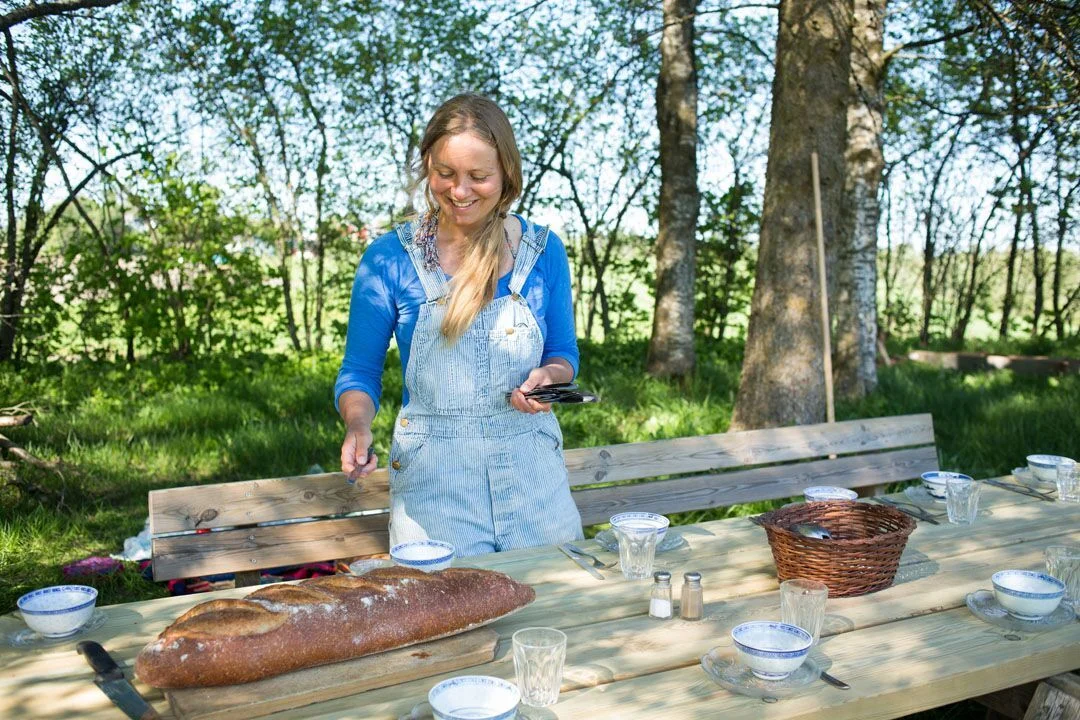Peter Opsvik on Movement & Creative Processes
Peter Opsvik is undoubtedly among the most original contributors in post war furniture design. Throughout his career he has been unbendable in his endeavors to rethink how we organize our bodies in space and gravity.
While modernism and specifically Scandinavian Design have long traditions of embracing humanist values, Opsvik has strived to go far beyond the esthetical in seeking to actually enlarge the human reportoir of movement. He is also the co-founder of Design Without Borders - and other projects seeking to lessen the damages of climate change.
Elementa recently had the pleasure to pay an inspiring visit to Peter in his studio and ask him a couple of questions on work, art and design.
“Our ancestors lived in the trees! When I designed Garden in 1985 I wanted to show how the norms of ‘sitting nicely’ and ‘sitting correctly’ can be broken.” Today the Garden is manufactured by Swedish company Moment AB
# Early on in your career you decided to depart from the idioms of the contemporary design scene and pursue new ideas. When and how did your path become clear to you?
The environment in which I grew up has probably trigged “problem solving” or improvement of function as the most important criteria in industrial design. Nevertheless, I saw no point in trying to create further variants on pieces of furniture or objects that fulfil the Scandinavian Design criteria; enough products with these qualities had already been designed.
Instead, I have worked with creating products at either end of the spectrum of this style. At one end, rational and ergonomic aspects are in focus; taking care of the human body’s requirements, while at the other end of the spectrum the most important criterion is expression.
"This is a highly dynamic chair where both its curved rails (rocker) and its suspended support areas provide a sitting experience close to a floating sensation. As natural as your foot follows the rhythm in a melody, your feet will guide you when sitting in this chair. You find your rhythm automatically almost like a reflex." .
The Reflex3 chair was originally designed in 2009 for Norwegian startup Naturellement. Today it is manufactured by the German company HolzWerk
# How has your work in art influenced your design work and vice versa?
The freedom I have experienced working with art objects, have definitely provided inspiration to create and accept unconventional estetics in my functional design products.
With the rational, ergonomic products, my goal is to move the human body. With the other group of products or objects, my aim is to move people emotionally.
Swing designed by Peter Opsvik for Håg 2002-2007. Developed with the Factor 10 concept in mind, implying that the production of the chair would consume less than 1/10 of the resources necessary to make a conventional office chair.
# What will the future workspace look like?
I have no idea, but the challenge will be to find work.
# When looking back on the last 40 years, are today’s workspaces more mobile, or have the digital development made us even more sedated than before?
It depends what profession you are in but whether the purpose for someone sitting on a chair is to work on a computer, build a model aeroplane or enjoy a meal, the needs for postural movement and changes at frequent interval are the same.
We can walk for hours, but get tired after a few minutes if we have to stand still.
"Traditionally, people surround themselves with one kind of furniture for resting and another kind for performing activities. Why couldn't we alternate between these body postures on a single chair?"
Gravity Balans was designed in 1983 for Stokke. Made by Varier from 2006.
# What are dreams? How have dreaming been a part of your creative life?
When I wake up in the early hours of the morning, I often experience creative forces that are released in dreamlike fantasy. I lie half awake and think through the problems that need to be solved during the day ahead.
I may go to sleep again and let my dreams grapple with this reality, allowing them to handle issues using their fabulous ability to solve problems.
I can find the answer, when I am lucky, in an association between real, physical challenges and the unconventional chaos that is brought into play by dreams.
# What advice would you give those who set out to change (human behavior in) the world through design today?
To create innovative projects to mitigate climate change!
Links for further inquiries into Peter Opsvik universe:
Peter Opsvik AS
The Minor Foundation for Major Challenges
Design Without Borders
Above all, if you are interested in the philosophy behind Opsvik's work, do get your hands on his book Rethinking Sitting.
Peter Opsvik studied at Bergen College of Applied Art, 1959-1963. The chair above is his initial furniture assignment, delivered in 1961.
Portable Radio designed for Tandberg, 1965
Oase easy chair designed for Stokke, 1967.
The Minimax Chair from 1970 - a precursor to the enormously successful Tripp Trapp chair of 1972, which holds a place as one of the most sold Scandinavian chairs in history.
Tripp Trapp!
"A coil spring is a symbol of softness and resilience. For a competition in 1975 I attempted to create a chair wound from a long steel tube, a small model of which was designed and built. Some years later I helped to develop a technique for manufacturing this chair."
Pyhton Chair, 1975. Made by Cylindra from 1990-2000
"4 wooden parts and 4 coil springs provides a unique kind of freedom". Motion chair, made by Stokke 1998-2003
Balans Femini. Designed 1982, produced by Stokke from 1983-1989
Elementa Conversations:

















